5 Interesting Images from the Earth of Living Things
5 interesting photos from the magical earth of living things that surprise and amaze people when viewed...

The Gorgonian (Fan Corals)
The Fan Corals, also known as Gorgonaria, are marine invertebrates. Each of the corals is called a polyp. Colonies formed by the decoupling of polyps can be of different shapes. Polyp colonies are named this way because they are fan-shaped. Each polyp in fan corals has eight tentacles. Fan corals feed mainly on plankton and catch prey using their tentacles. The shapes of fan corals are closely related to their feeding strategies. They usually grow in the opposite direction to the flow to be able to catch more nutrients.
#fancorals #coralreef #gorgonian #underwater #photography
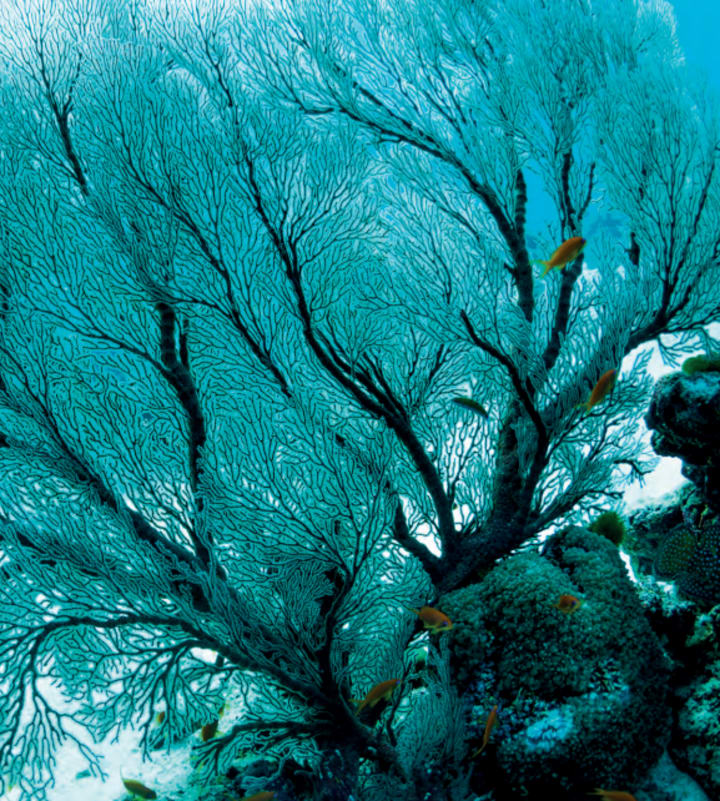
The Ray Star
This living thing bright green color, resembles a star with its remarkable symmetry feature in its structure. Micrasterias are monocellular microorganisms. A narrow pore in the middle of the cell divides the cell into two parts, which are mirror images of each other. The cell nucleus is in the middle of this pore. The Micrasterias are found in fresh water, such as lakes, rivers, ponds, swamps. They can live in waters that are high in acidity and poor in nutrients. In nutrient-rich waters, they cannot multiply as fast as other algae species.
#raystar #micrasterias #algae #cell #microorganisms #microscope
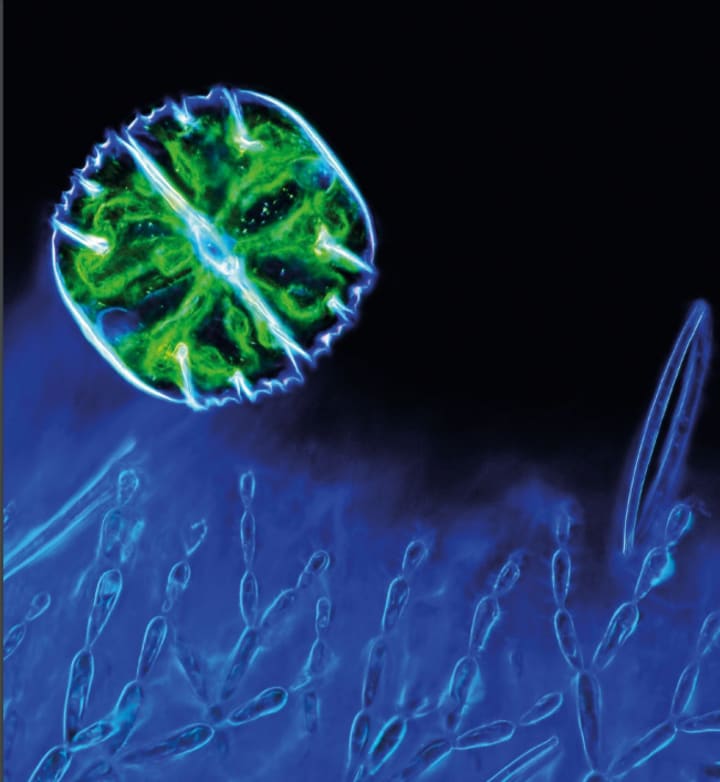
The Sweat Pores
This structure, which looks like a small crater in the photo taken with a Scanning Electron Microscope (SEM), is actually a sweat pore on a human hand. Around the sweat pore, the "stratum corneum" layer, which is formed by the accumulation of dead skin cells, is visible. The width of the region in the photo is 64 micrometers. This is one of the important mechanisms by which sweating is effective in regulating body temperature. This process is controlled by the autonomic nervous system. When the body temperature rises, the sweat glands are stimulated via the neurotransmitter acetylcholine.
The sweat fluid secreted by the sweat glands (its main components are water and sodium) comes out of the sweat pores on the skin. As sweat fluid evaporates by taking heat from the body, the sweating allows that body temperature to be reduced. The sweat glands can also be stimulated in cases of fear, anxiety and anger. On average, humans have 2-4 million sweat glands. The palm is one of the most densely located areas of the sweat glands in the body.
#sweatpore #sweatfluid #neurotransmitter #acetylcholine #stratumcorneum #microscope
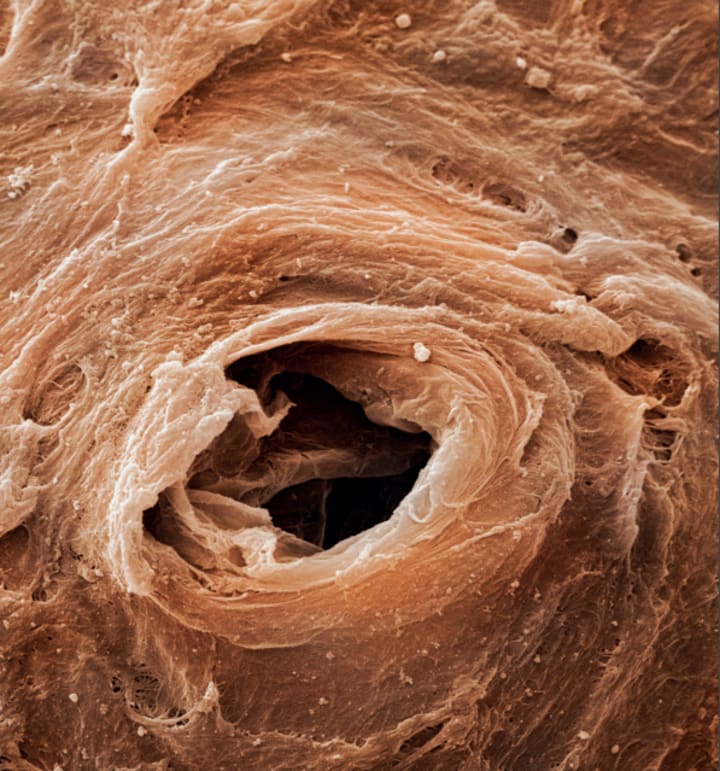
Pine Cone Fungus (Auriscalpium vulgare)
The type of pine cone fungus is usually found near rotten cones of pine trees and other coniferous tree species. On the hat of the pine cone fungus there are thin pubescent structures. In its lower part, there are protrusions that can reach a length of 2-3 mm. The color of the pine cone fungus, which is light brown in the early stages of its development, darkens with age. This tiny type of fungus may not be easily noticed because it is very small and light-colored.
#auriscalpium #vulgare #pinecone #fungus #earth #microscope
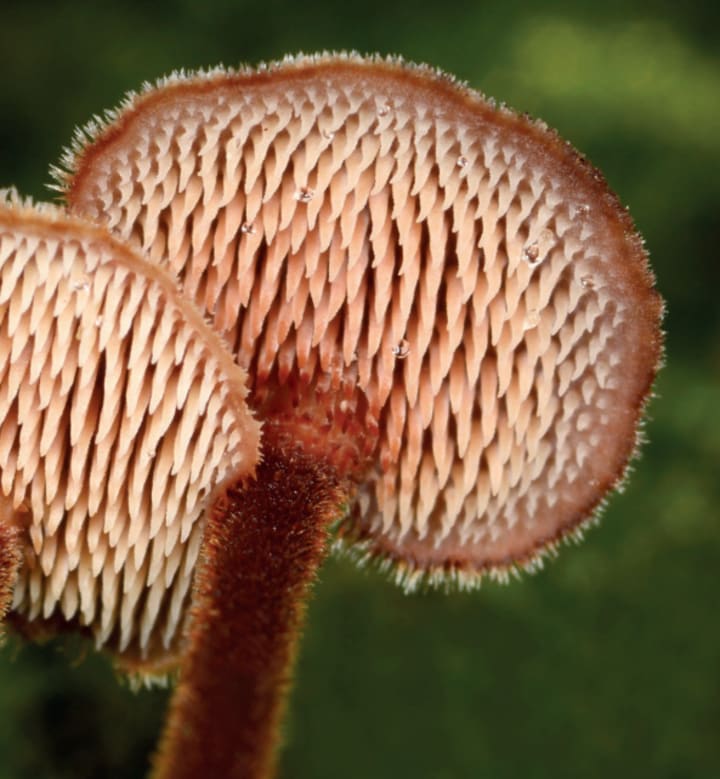
The Fire Agate
Fire agate is a rare mineral and consists of quartz crystals on a micro scale. It is located naturally in the north of Mexico and the southwest of the United States. Fire agate is found in active areas in terms of volcanic activities in the past. It is found in cavities in the structure of volcanic rocks and with the evaporation of silicon-rich water, silicon dioxide crystals begin to accumulate on the walls of the cavity.
In the process, other substances inside the solution in the cavities also crystallize. The result is a structure consisting of very thin layers. The color of the mineral is due to the different substances in its content. For example, the cause of red-brown colors are iron oxide compounds. Another feature of fire agate is the iridescent colors seen on the bubble-like structures. These rainbow-like colors appear as a result of the interaction of the sun's rays reflected between the very thin layers in the structure of the mineral with each other.
#fireagate #crystals #mineral #rainbow #colored #frozenbubbles
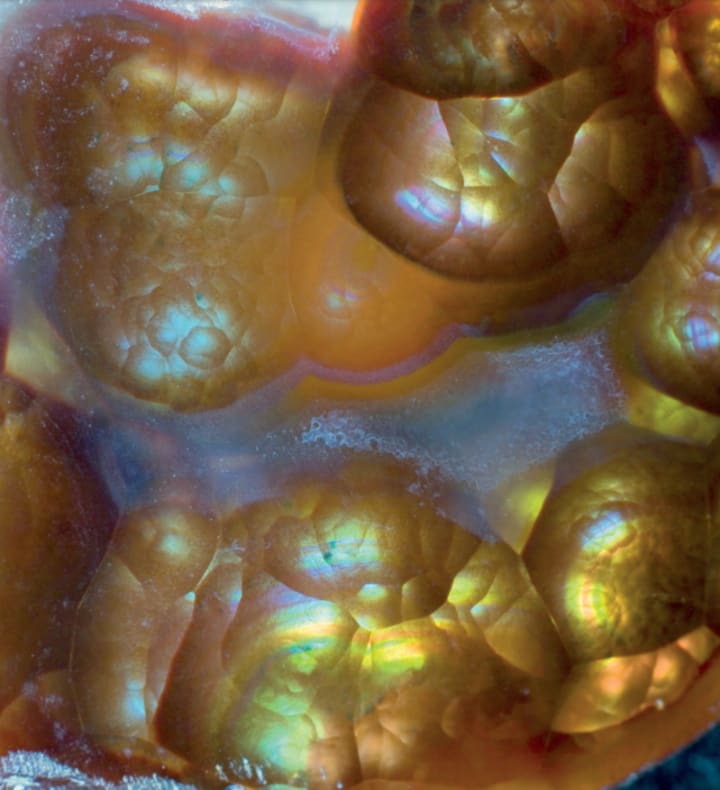
if you like it, you will sharing please ♥
About the Creator
Selen Kurtoglu
The Industrial Engineer. Wonders, researches, reads and writes. Scientific and interesting technology share stories.
Enjoyed the story? Support the Creator.
Subscribe for free to receive all their stories in your feed. You could also pledge your support or give them a one-off tip, letting them know you appreciate their work.






Comments
There are no comments for this story
Be the first to respond and start the conversation.